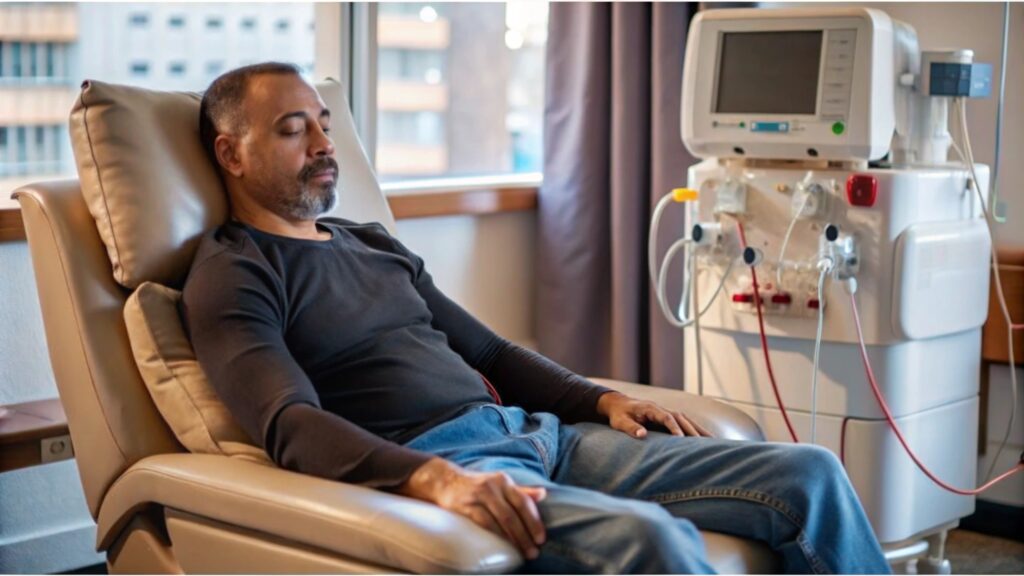Introduction to Hemodialysis
Hemodialysis is a treatment for people with kidney failure. When kidneys stop working well, waste and extra fluid build up in the body. Hemodialysis helps remove these wastes and fluids. This process uses a special machine to clean the blood. Many people rely on hemodialysis as a life-saving kidney failure treatment. According to the National Kidney Foundation, millions of people worldwide need this procedure.
Why Is Hemodialysis Needed?
Sometimes, kidneys cannot filter blood as they should. This can happen due to chronic kidney disease or sudden injury. As a result, harmful substances stay in the body. Over time, this can cause serious health problems. Therefore, doctors may suggest hemodialysis when:
For many, hemodialysis is the main kidney failure treatment. It helps people feel better and live longer.
How Does Hemodialysis Work?
During hemodialysis, blood leaves the body and passes through a filter called a dialyzer. This filter removes waste and extra fluid. Then, clean blood returns to the body. Usually, a doctor creates a special access point in the arm. This makes it easier to move blood in and out. Most people have hemodialysis at a clinic, but some can do it at home. Each session lasts about three to five hours. People often need treatment three times a week.
What to Expect During a Hemodialysis Session
Before starting, a nurse checks your weight, blood pressure, and temperature. Next, they connect you to the dialysis machine. The machine gently pulls blood out, cleans it, and returns it. You can read, watch TV, or rest during the session. Afterward, the nurse removes the needles and checks your health again. Most people feel tired but can go home soon after. Over time, you will learn what works best for you during each session.
Common Side Effects and Risks
Like any medical procedure, hemodialysis has some side effects. However, most are mild and can be managed. Common hemodialysis side effects include:
Rarely, more serious risks can occur, such as infections or blood clots. But, regular check-ups help catch problems early. Always tell your care team about any new symptoms.
Lifestyle Tips for People on Hemodialysis
Living with hemodialysis means making some changes. But, many people still enjoy a full life. Here are some helpful tips:
With the right care, you can manage your health and feel better each day.
Frequently Asked Questions About Hemodialysis
Conclusion and Next Steps
Hemodialysis is a safe and effective way to treat kidney failure. While it requires some changes, many people adjust well over time. Remember, you are not alone on this journey. For the best results, work closely with your healthcare team. Consult a kidney specialist for personalized advice on hemodialysis.

